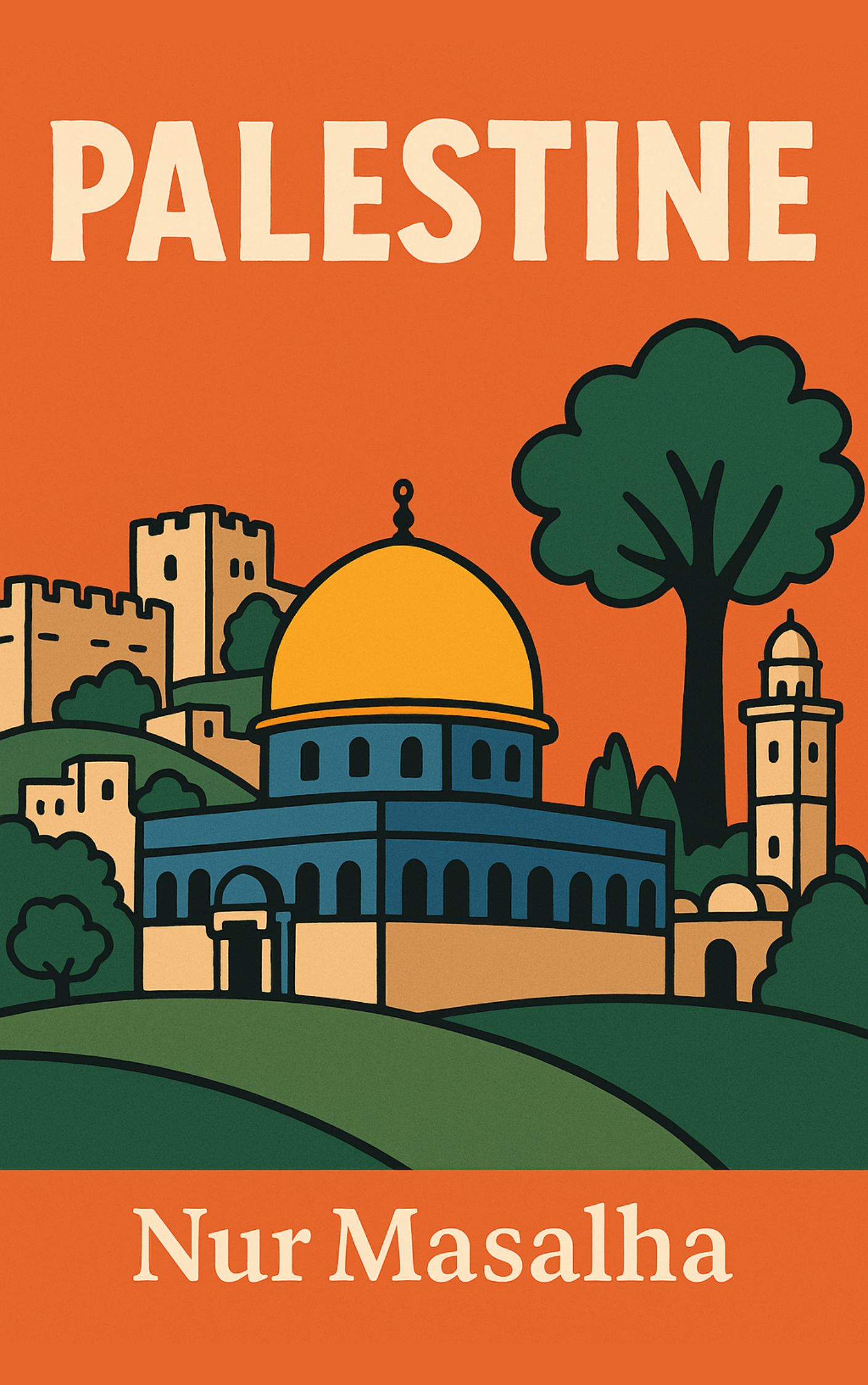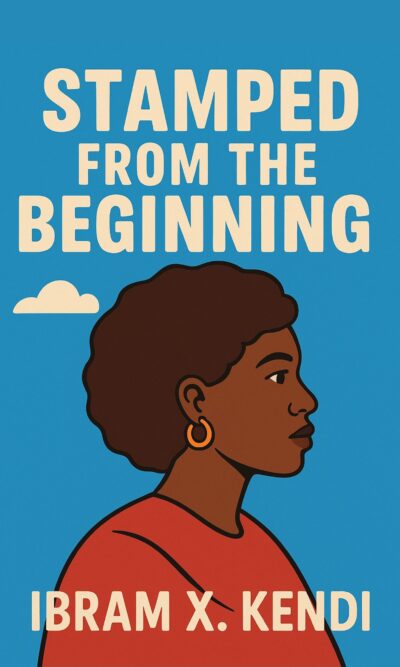Description
Palestine is one of the oldest continuously inhabited regions in the world, with a history stretching back over 4,000 years. Located between modern-day Lebanon and Egypt, it has always been a place where different cultures, religions, and peoples met, traded, and lived together. Over centuries, this land saw the rise and fall of great civilizations, each leaving its mark on its cities, art, and traditions.
The earliest known inhabitants include the Philistines, a people proven by archaeological discoveries to be native to the region. Their advanced craftsmanship, trade networks, and thriving city-states shaped early Palestine into a vibrant and multicultural society. For centuries, the land was known as Philistia, later evolving into the name “Palestine,” a term recognized in Greek and Roman records as the region spanning from Lebanon to Egypt.
During Greek and Roman times, Palestine flourished as a multicultural hub. Trade routes connected it to Arabia, Egypt, and beyond. People of many faiths lived here – Christians, Jews, and polytheists – speaking languages like Greek, Aramaic, Arabic, and Latin. Even Jerusalem, under Roman rule, had its name changed to “Aelia Capitolina,” though locals adapted it in their own way.
When the Byzantine Empire embraced Christianity, Palestine’s significance grew even more. It became known worldwide as the birthplace of Jesus and a center of learning, architecture, and religious pilgrimage. The population was diverse, with thriving cities like Caesarea boasting great libraries and a rich intellectual life. Arabs had been part of the region for centuries, and migrations from Yemen added to the mix.
In 637 AD, Muslim armies took control, marking a new chapter of prosperity. Arabic became the main language, and Islam spread alongside the already-established Christianity and Judaism. The city of Jerusalem became a major center of worship, adorned with iconic buildings like the Dome of the Rock. Far from declining, Palestine thrived as one of the wealthiest regions under early Muslim rule, exporting goods such as olive oil, soap, and glassware.
The Crusades brought European invaders who disrupted life for over a century, but Muslim leaders like Salah al-Din restored local rule, protecting religious freedoms and rebuilding damaged cities. The Ayyubid and Mamluk dynasties promoted urban growth, public works, and architectural beauty, especially in Jerusalem, which became a leading city of pilgrimage.
Ottoman rule began in the 1500s, but the 1700s brought a rare moment of Palestinian self-rule under Dhaher al-Umar al-Zaydani. He led a successful uprising against Ottoman control, establishing an autonomous Palestinian state. His reign saw booming trade, especially in cotton, and urban development that transformed cities like Haifa. This independence lasted until his death in 1775 but stands as an early example of Palestinian nationhood.
In the 19th century, European colonial interest in Palestine grew, especially from Britain. Tourism, biblical exploration, and mapping missions paved the way for deeper involvement. Alongside this, Palestinian national identity strengthened, uniting Muslims, Christians, and Jews in a shared cultural and political vision. Newspapers, education, and public debate spread nationalist ideas long before Zionism emerged.
Zionism, starting in late 19th-century Europe, was a settler-colonial movement aiming to create a Jewish state in Palestine by replacing the native population. With British support, including the Balfour Declaration of 1917, it became official policy to encourage Jewish immigration and settlement. This led to the forced displacement of Palestinians, culminating in 1948 with the mass expulsion known as the Nakba, when hundreds of thousands of Palestinians were driven from their homes.
After 1948, systematic efforts were made to erase Palestinian history. Towns and villages were renamed in Hebrew, many using adapted Arabic words, while physical traces of Palestinian life were destroyed or altered. Yet Palestinian culture has endured. Through literature, film, art, and oral history, Palestinians continue to preserve and share their identity, connecting modern generations with their deep and diverse heritage.
The story of Palestine is not just one of struggle; it is also one of resilience. Over millennia, it has been home to Philistines, Arabs, Greeks, Romans, Byzantines, and many others. Its people today carry the blended legacy of all who came before. Despite attempts to erase its past, Palestine remains a land rich in history, culture, and identity – a place whose roots run deeper than any modern political division.





